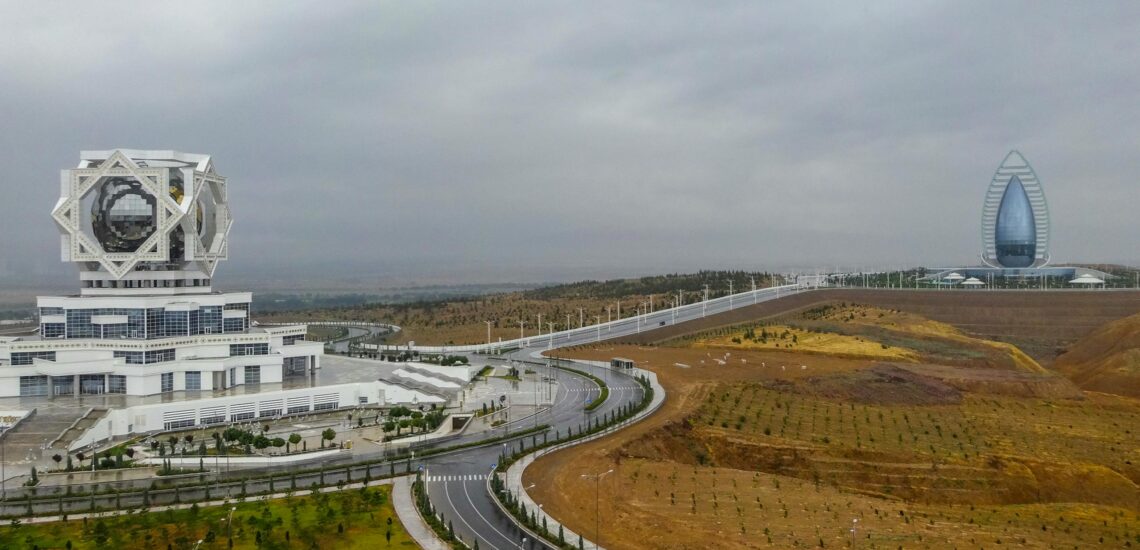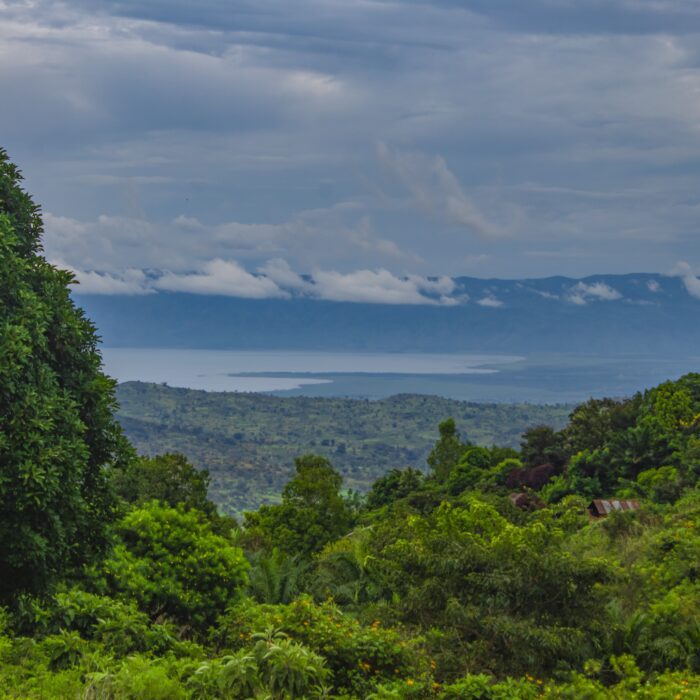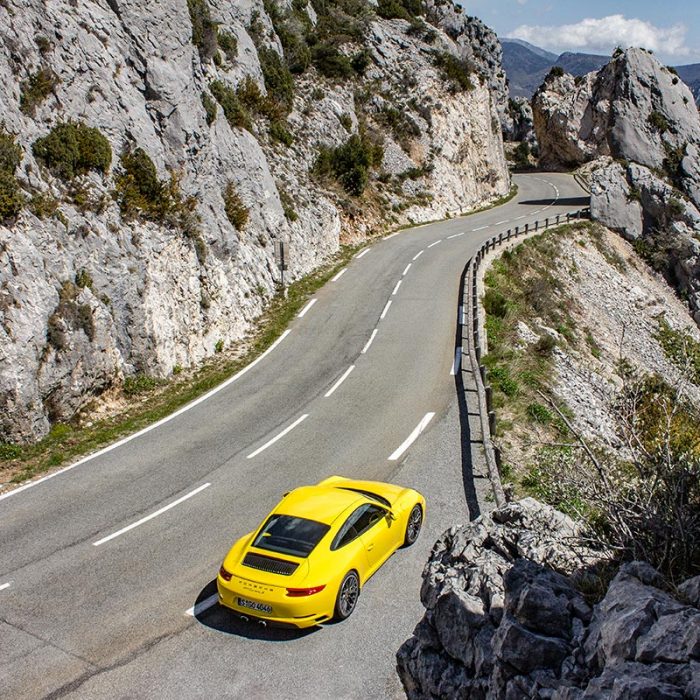Turkmenistan remains one of the most mysterious countries in Central Asia. Largely untouched by mass tourism, it’s a place where ancient Silk Road history meets futuristic cities clad in white marble. From windswept deserts and flaming craters to UNESCO-listed ruins and traditional horse farms, Turkmenistan is full of unexpected contrasts and surreal landscapes.
While it’s not the easiest country to visit due to strict visa policies, those who make the effort are rewarded with a truly unique travel experience that few others have had.
Best Cities to Visit
Ashgabat
Ashgabat, the capital of Turkmenistan, is a city unlike any other — known for its gleaming white marble architecture, golden statues, and eerily quiet, oversized boulevards. Often described as surreal or futuristic, the city holds the world record for the highest density of white marble buildings.
Key landmarks include the Neutrality Arch, a towering tripod crowned with a golden statue that rotates to follow the sun; the Independence Monument, symbolizing Turkmenistan’s sovereignty; and the grand Ruhyýet Palace, used for official state functions. With its mix of monumentality and unusual urban planning, Ashgabat offers a fascinating glimpse into a uniquely stylized vision of modern nationhood.
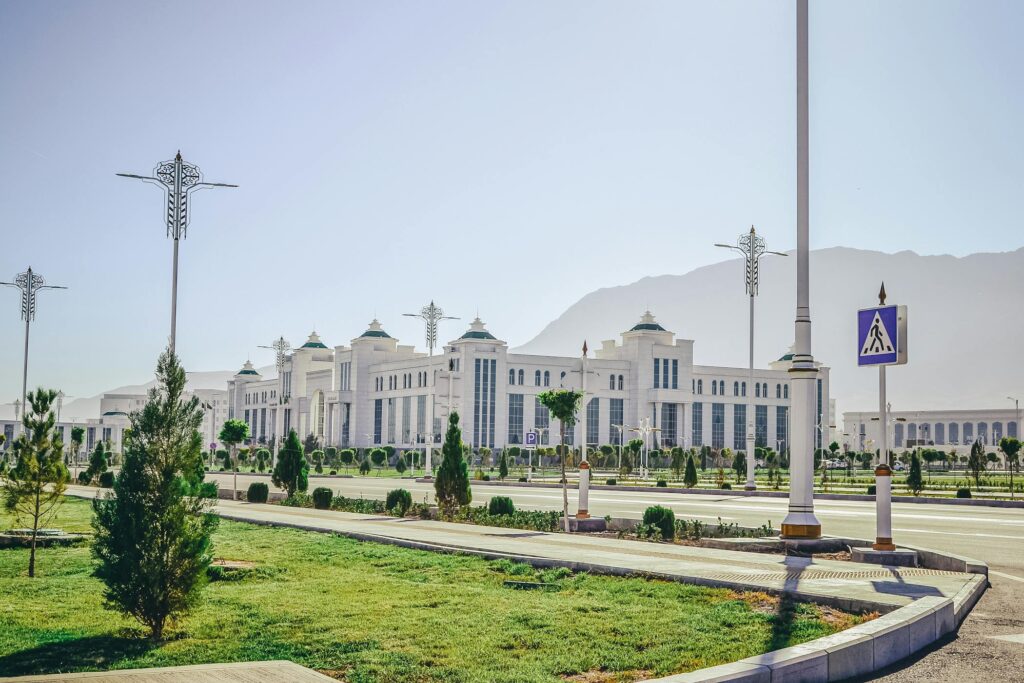
Mary
Mary is a quiet city in southeastern Turkmenistan. It is the main base for travelers who want to visit the ancient ruins of Merv, one of the most important Silk Road cities.
The city itself shows what everyday life is like in Turkmenistan. It also has a regional museum with items from Merv and the surrounding area. Mary is a good stop for people interested in history and old cities.
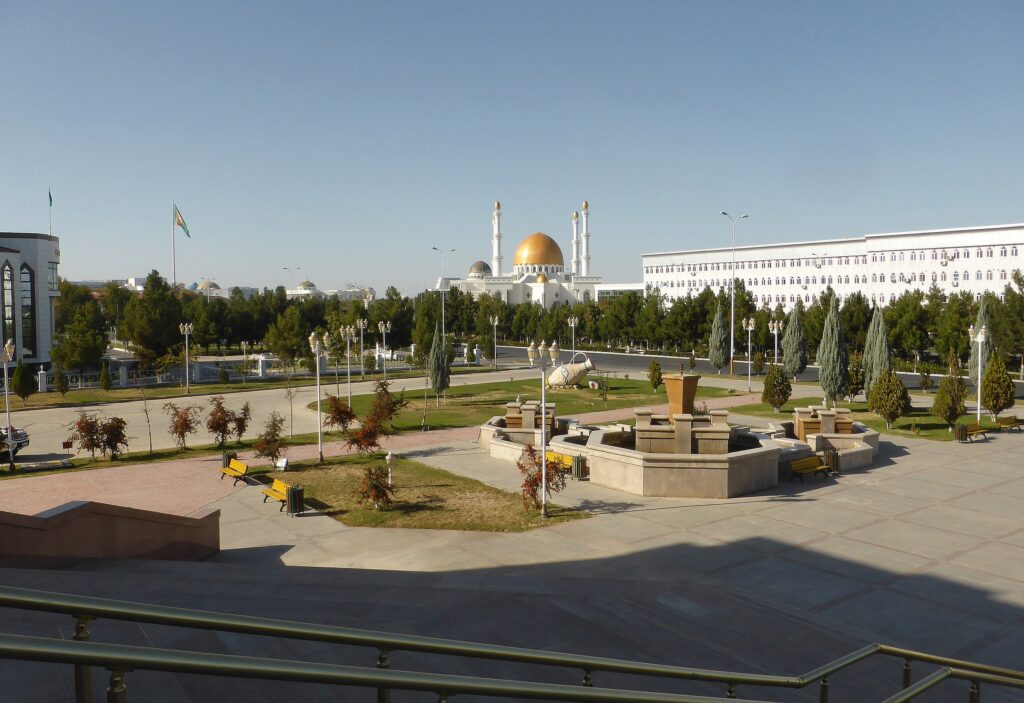
Turkmenabat
Turkmenabat is one of the largest cities in Turkmenistan, located along the Amu Darya River near the border with Uzbekistan. The city has a Soviet-era atmosphere with wide streets and functional buildings.
It’s known for its busy bazaars, where locals shop for fresh produce, clothing, and household goods. Turkmenabat is often used as a transit point for travelers moving between eastern Turkmenistan and other parts of the country or Central Asia.
Dashoguz
Dashoguz is a city in northern Turkmenistan, mainly known as the starting point for visiting Kunya-Urgench, a UNESCO World Heritage Site. The city itself is quiet, with basic services and a local atmosphere.
Most travelers come to Dashoguz to explore Kunya-Urgench, which has well-preserved medieval monuments, including mausoleums, minarets, and ruins from the time when it was a major Silk Road center. Dashoguz is a convenient stop for anyone interested in Turkmenistan’s historical sites.
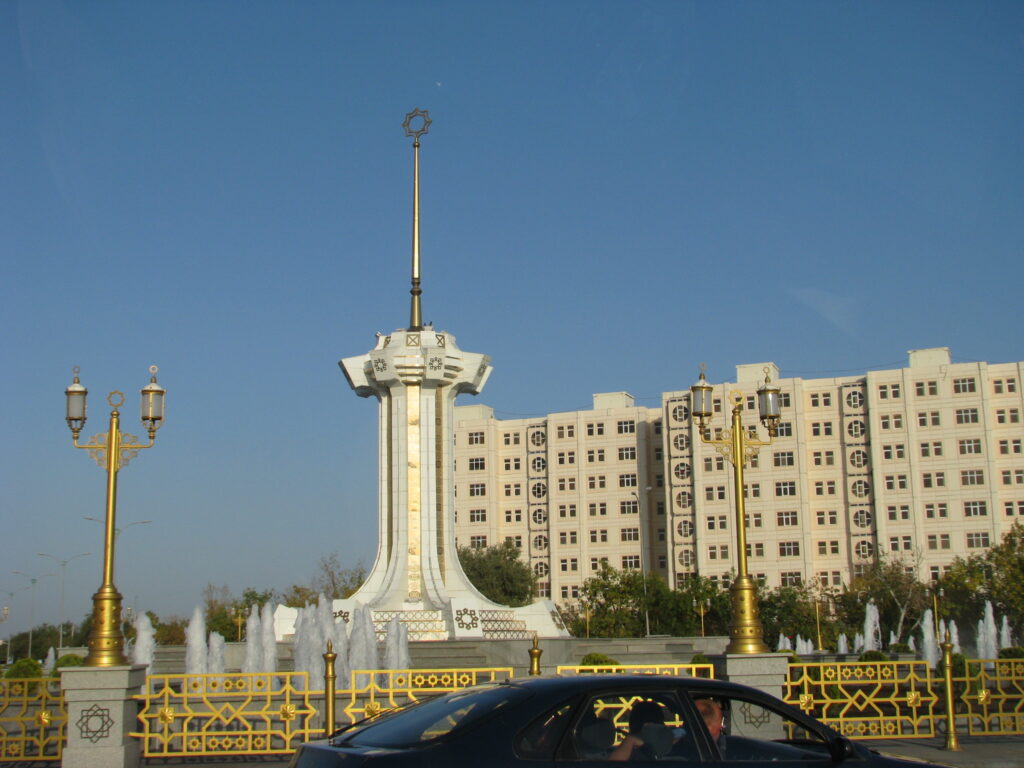
Balkanabat
Balkanabat is a city in western Turkmenistan, known mainly as an oil and industrial center. It has a functional layout and is important for the country’s energy sector.
While the city itself is mostly focused on industry, it serves as a base for visiting nearby natural sites like the Yangykala Canyon, known for its colorful rock formations, and other desert landscapes and nature reserves in the region. Balkanabat is a practical stop for travelers heading to western Turkmenistan’s outdoor attractions.
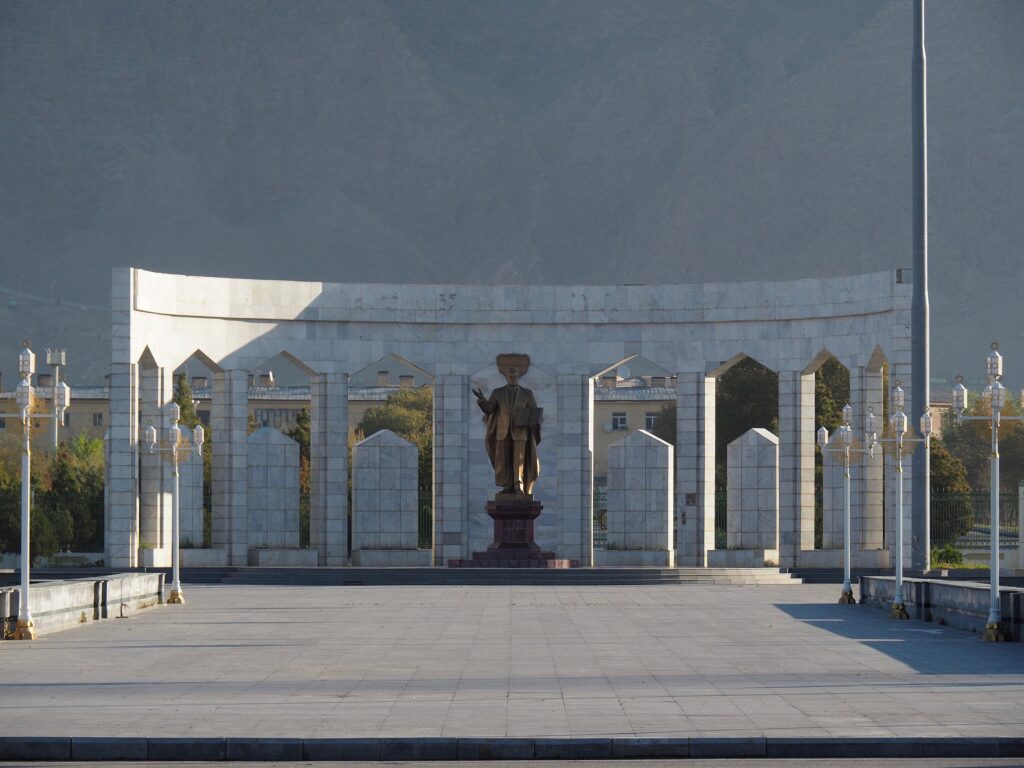
Best Natural Wonders
Darvaza Gas Crater
The Darvaza Gas Crater, also known as the “Door to Hell,” is a large, fiery pit located in the Karakum Desert. It was created in the early 1970s when a natural gas field collapsed during drilling. To stop the spread of gas, geologists set it on fire, expecting it to burn out quickly—but it has been burning continuously for over 50 years.
The crater is about 70 meters wide and 30 meters deep, with flames and heat visible from a distance. It is best viewed at night, when the glowing fire creates a dramatic and unusual sight. The crater is one of Turkmenistan’s most visited and photographed landmarks.
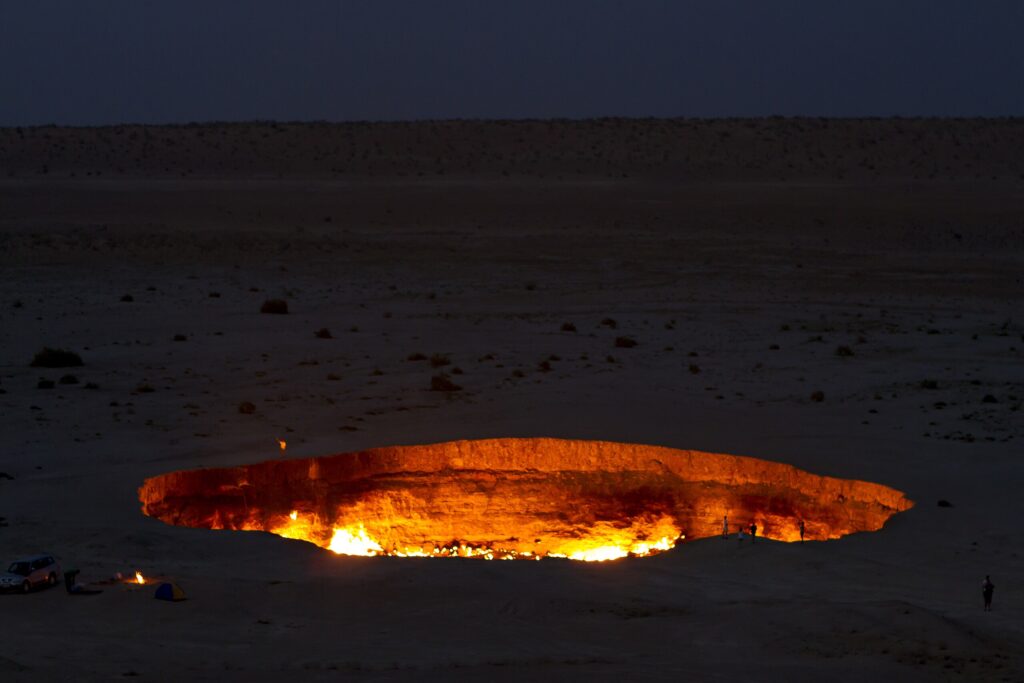
Karakum Desert
The Karakum Desert covers most of Turkmenistan and is known for its wide open spaces, silence, and clear night skies. It offers activities like camel trekking, camping, and stargazing, giving visitors a chance to experience life in the desert.
Because of the harsh conditions and remote areas, guided tours are recommended. Local guides can provide transportation, safety, and information about the desert’s history, geology, and wildlife.
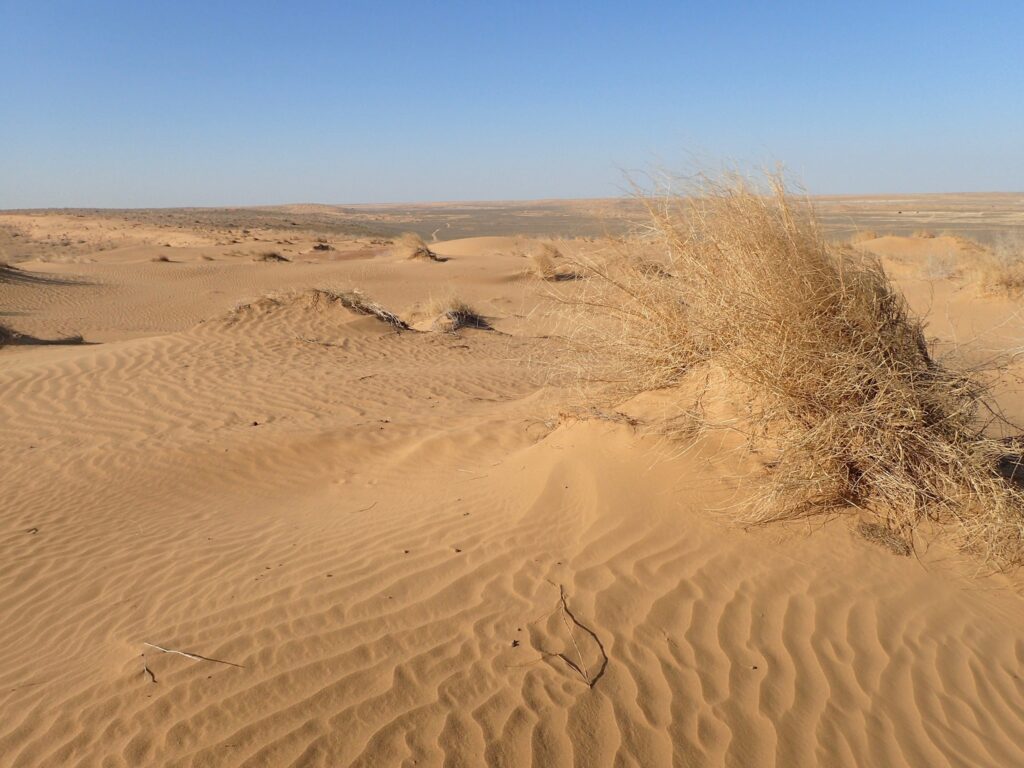
Yangykala Canyon
Yangykala Canyon, located in western Turkmenistan, is famous for its vibrant, multicolored cliffs and deep gorges carved over millions of years. The canyon’s red, pink, and white rock layers make it one of the most scenic and photogenic places in the country.
It is a remote destination, best reached by 4×4 vehicle, and there are no facilities nearby, so visitors should come prepared. Despite its isolation, Yangykala Canyon is a must-see for those interested in nature, geology, and off-the-beaten-path travel.
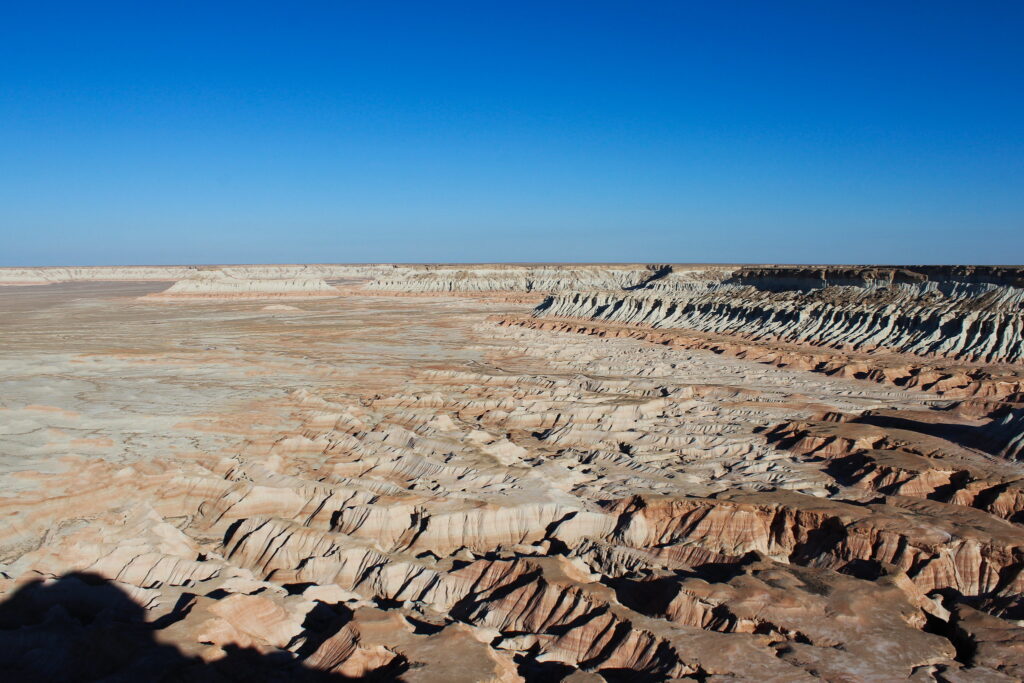
Köýtendag Mountains
The Köýtendag Mountains, located in eastern Turkmenistan, are home to the country’s highest peaks, including Aýrybaba, as well as deep caves, canyons, and unique geological formations. The region is part of the Köýtendag Nature Reserve, known for its rich biodiversity and rare species.
One of the most unique features is a site with prehistoric dinosaur footprints, preserved in stone and visible along the mountainside. The area is ideal for hiking, caving, and nature exploration, though it remains remote and is best visited with a local guide.
Garabogazköl Lagoon
Garabogazköl Lagoon is a large hypersaline lake located near the Caspian Sea in western Turkmenistan. Its high salt content and vast, flat surroundings create a surreal, almost lunar-like landscape.
The area is remote and largely uninhabited, making it one of the country’s least-visited natural sites. While not developed for tourism, it attracts visitors interested in geology, salt formations, and off-the-grid exploration. Due to the harsh conditions, visiting with a guide is recommended.
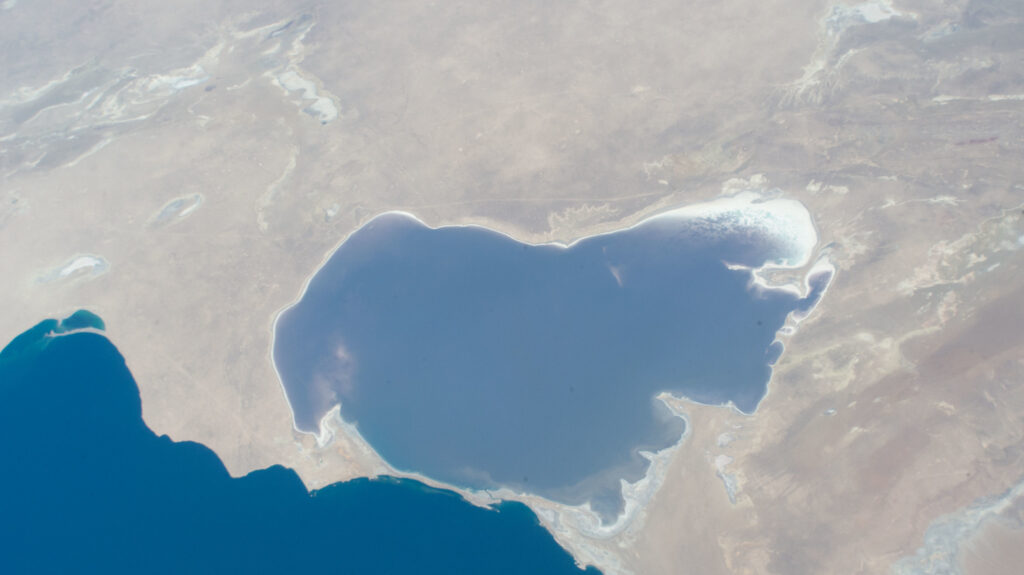
Hidden Gems of Turkmenistan
Gonur Depe
Gonur Depe is an important archaeological site in the Margiana region of Turkmenistan, featuring the ruins of a Bronze Age city that dates back over 4,000 years. It was a major center of the Bactria–Margiana Archaeological Complex (BMAC), one of Central Asia’s earliest known civilizations.
Excavations have uncovered temples, palaces, burial sites, and advanced water systems, along with a wide range of artifacts. Gonur Depe provides valuable insight into early urban planning, religion, and trade in the region. The site is remote and best visited on a guided tour from Mary.
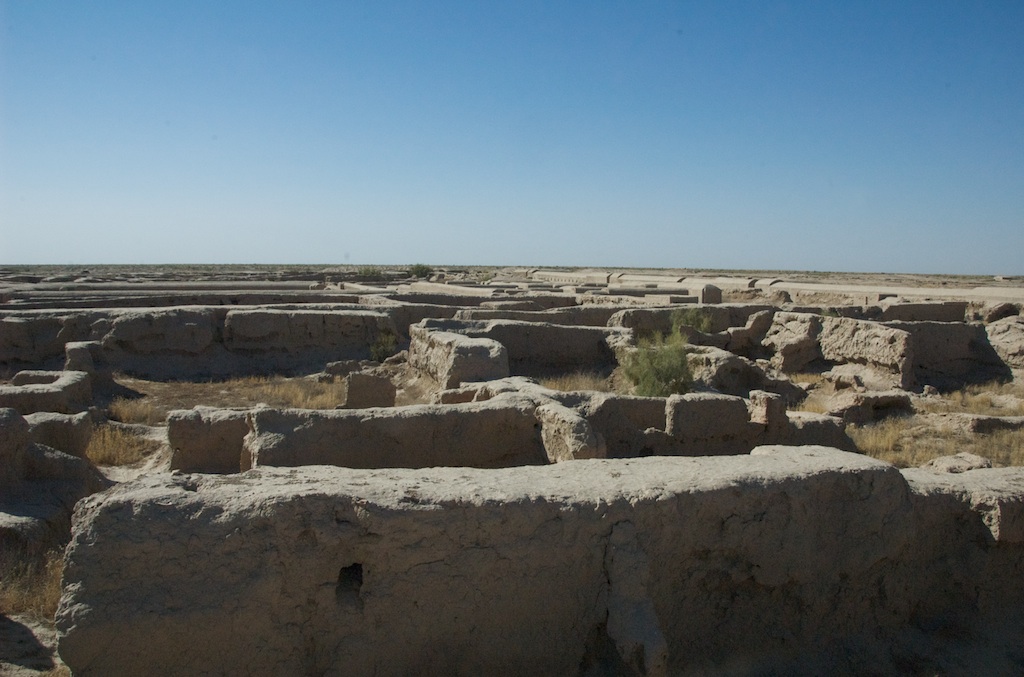
Kunya-Urgench
Kunya-Urgench, located near Dashoguz in northern Turkmenistan, is a UNESCO World Heritage Site and one of the most important medieval cities along the Silk Road. It was a major center of Islamic culture and learning from the 11th to 16th centuries.
The site features towering minarets, including the Kutlug Timur Minaret, as well as mausoleums, mosques, and other monuments that showcase impressive Islamic architecture and tilework. Though much of the city is in ruins, Kunya-Urgench remains a key destination for anyone interested in Central Asian history and heritage.
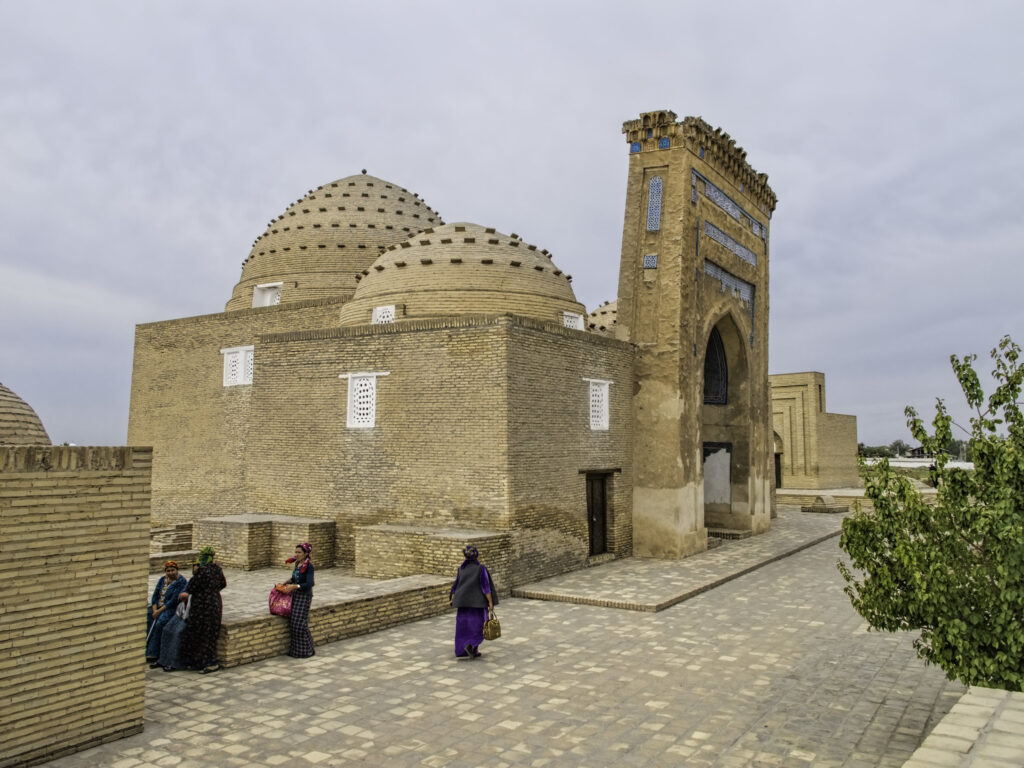
Dehistan (Mishrian)
Dehistan, also known as Mishrian, is a set of remote desert ruins in western Turkmenistan, once part of a thriving Silk Road settlement. The site includes the remains of mosques, minarets, and city walls, offering a glimpse into the region’s medieval Islamic history.
Isolated and rarely visited, Dehistan has a quiet, atmospheric feel, with few tourists and wide desert views. Though little infrastructure exists, it’s a worthwhile stop for those interested in ancient trade routes and untouched archaeological sites. Reaching the site typically requires a 4×4 vehicle and guide.
Parthian Fortresses of Nisa
Located just outside Ashgabat, the Parthian Fortresses of Nisa are a UNESCO World Heritage Site and one of Turkmenistan’s most important historical sites. These ruins mark the location of Old and New Nisa, once major centers of the Parthian Empire, which ruled much of the region over 2,000 years ago.
Visitors can explore fortified walls, temple remains, and excavated buildings, with artifacts showing Greek and Persian cultural influences. Nisa is a must-visit for history enthusiasts, offering insight into one of Central Asia’s earliest and most powerful empires.
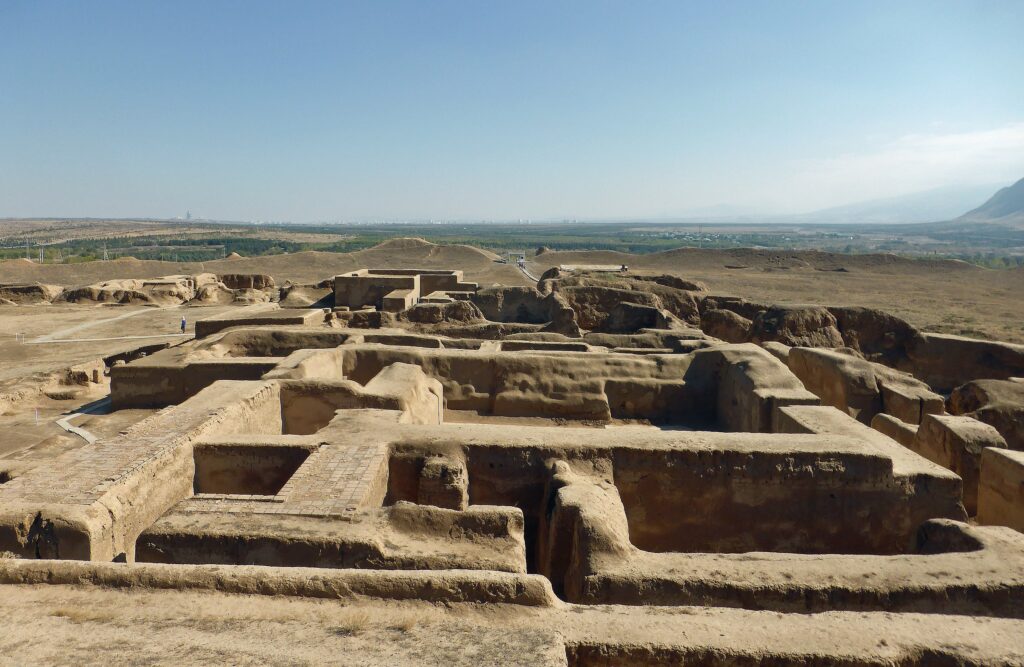
Akhal-Teke Horse Farms
Akhal-Teke horse farms, located mainly around Ashgabat, are dedicated to breeding the famous Akhal-Teke horses—a national symbol of Turkmenistan. Known for their sleek build, speed, and distinctive golden coat, these horses are one of the oldest and rarest breeds in the world.
Visiting a farm offers a close-up look at the care, training, and cultural importance of these prized animals. Many farms welcome visitors to observe the horses and learn about their deep connection to Turkmen heritage and identity. It’s a unique and authentic experience for anyone interested in equestrian culture.
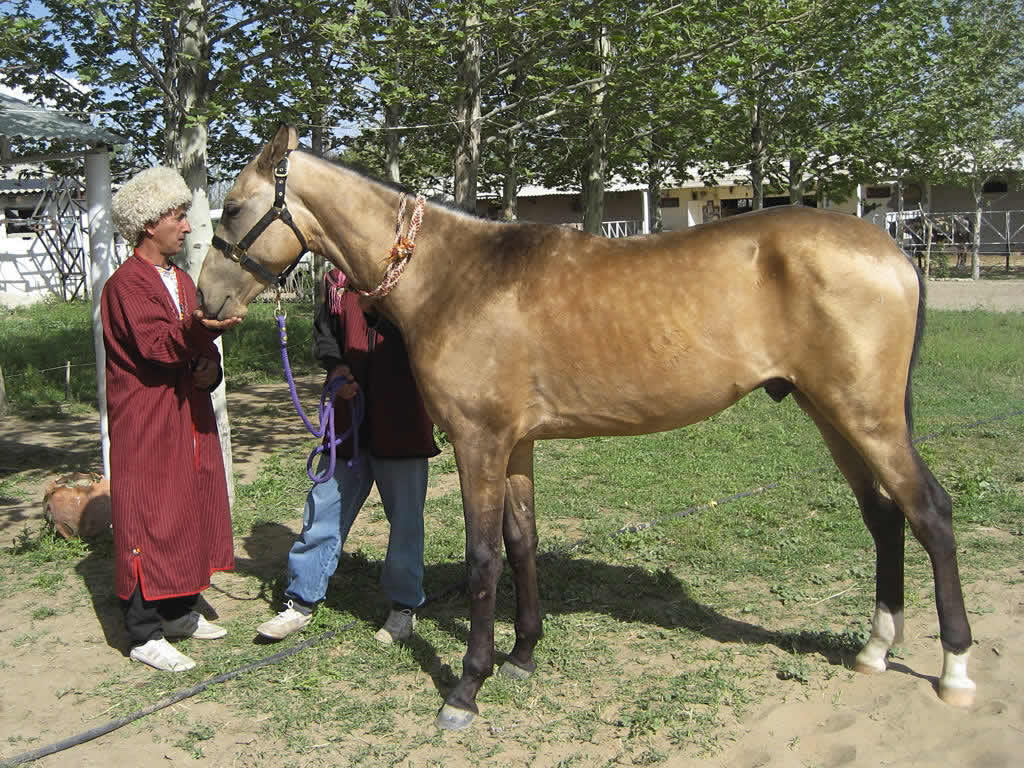
Best Cultural & Historical Landmarks
Independence Monument
The Independence Monument, located in Ashgabat, is a towering structure that marks Turkmenistan’s independence from the Soviet Union in 1991. Designed in the shape of a white column topped with a golden crescent and star, it stands at over 100 meters tall.
The monument is surrounded by golden statues, fountains, landscaped gardens, and wide boulevards, making it a major landmark in the capital. It reflects the country’s focus on national identity and state pride, and is a popular spot for visitors and official ceremonies.
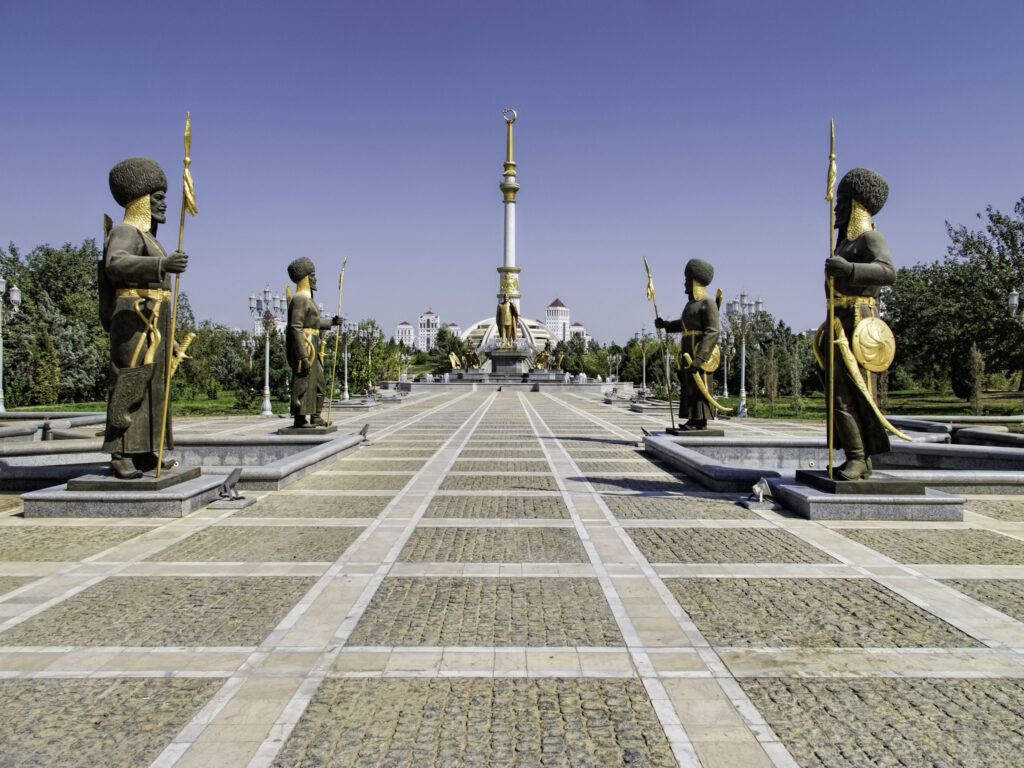
Turkmen Carpet Museum
The Turkmen Carpet Museum, located in Ashgabat, is dedicated to the country’s most famous traditional art: handwoven carpets. It houses a large collection of historic and modern carpets, including some of the largest and most detailed ever made.
Exhibits explain the patterns, regional styles, and cultural symbolism behind each design. The museum highlights the importance of carpets in Turkmen heritage, from everyday use to ceremonial purposes. It’s a must-visit for those interested in textile arts and traditional craftsmanship.
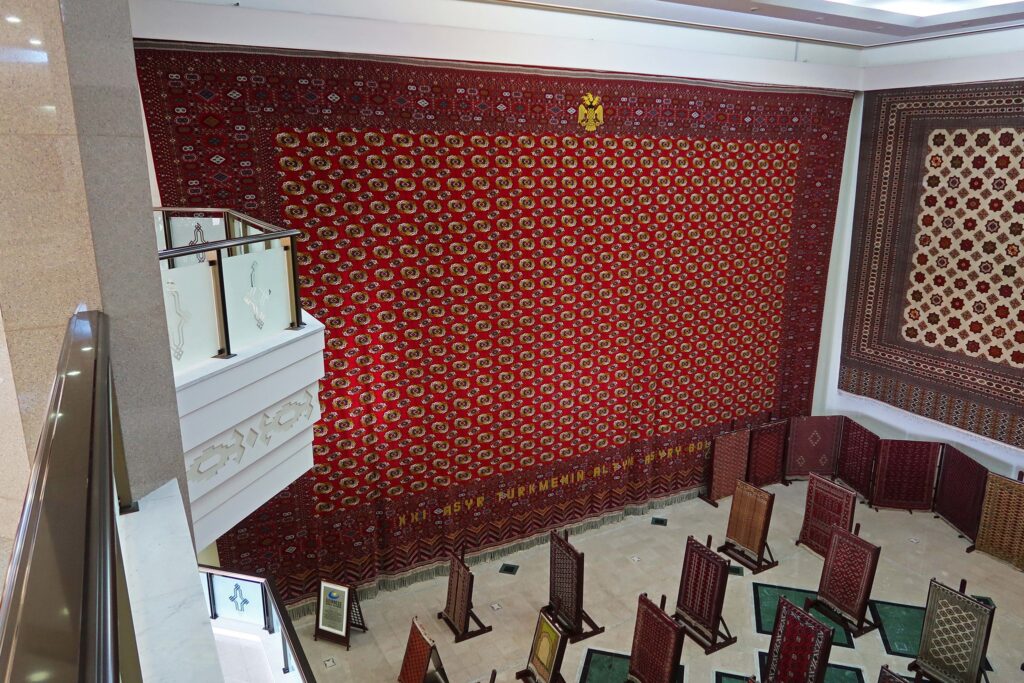
Ruhyýet Palace & Neutrality Monument
Ruhyýet Palace and the Neutrality Monument are two of the most prominent landmarks in Ashgabat, reflecting Turkmenistan’s national identity and modern architectural style.
Ruhyýet Palace is a grand ceremonial building used for official state functions, including government meetings and national celebrations. Its white marble façade and gold detailing are typical of Ashgabat’s monumental architecture.
The Neutrality Monument, built to honor Turkmenistan’s policy of permanent neutrality, is a tall tripod-like structure topped with a golden statue of the country’s former president. It rotates to follow the sun and stands as a symbol of the country’s political stance.
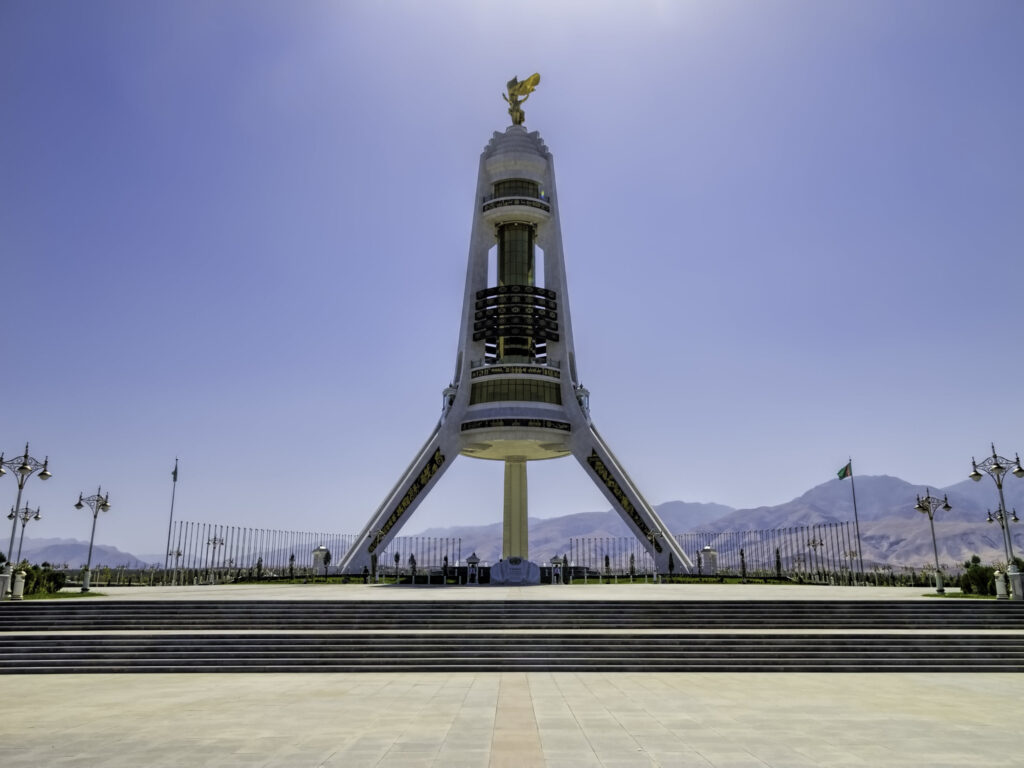
Merv
Merv, located near the modern city of Mary, is one of Central Asia’s most important historical sites and a UNESCO World Heritage Site. Once a major hub on the Silk Road, Merv was home to various civilizations, including Zoroastrians, Persians, and Islamic dynasties.
The vast archaeological site includes fortresses, temples, mausoleums, and city walls that span thousands of years of history. Visitors can explore remains from different eras, such as the Erk Kala, Gyaur Kala, and Sultan Kala settlements.
Merv offers a unique chance to see how ancient cultures developed and influenced one another in one of the region’s earliest urban centers.
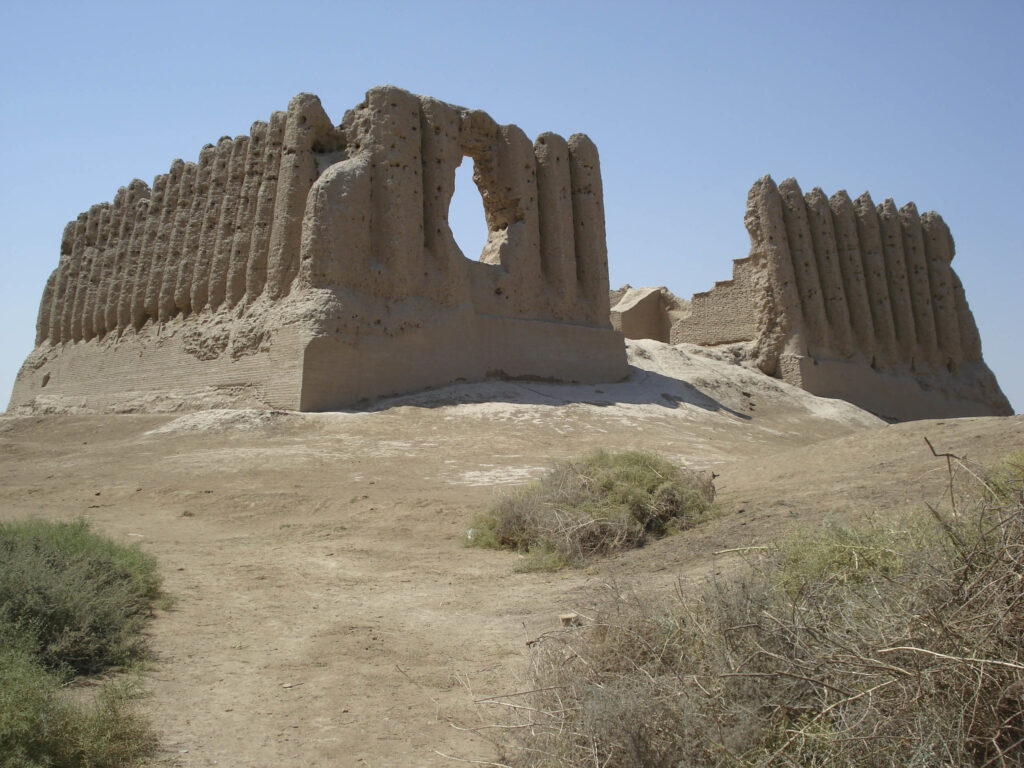
Erk Kala & Sultan Sanjar Mausoleum
Located within the Merv archaeological complex, Erk Kala and the Sultan Sanjar Mausoleum are two of the site’s most important historical landmarks.
Erk Kala is the oldest part of Merv, dating back over 2,500 years. Its massive earthen walls once protected a fortress that served as the city’s core during the Achaemenid and Hellenistic periods.
Nearby, the Sultan Sanjar Mausoleum, built in the 12th century, stands as a symbol of Merv’s Islamic Golden Age. The mausoleum honors Sultan Sanjar, a Seljuk ruler, and is known for its impressive dome and elegant brickwork.
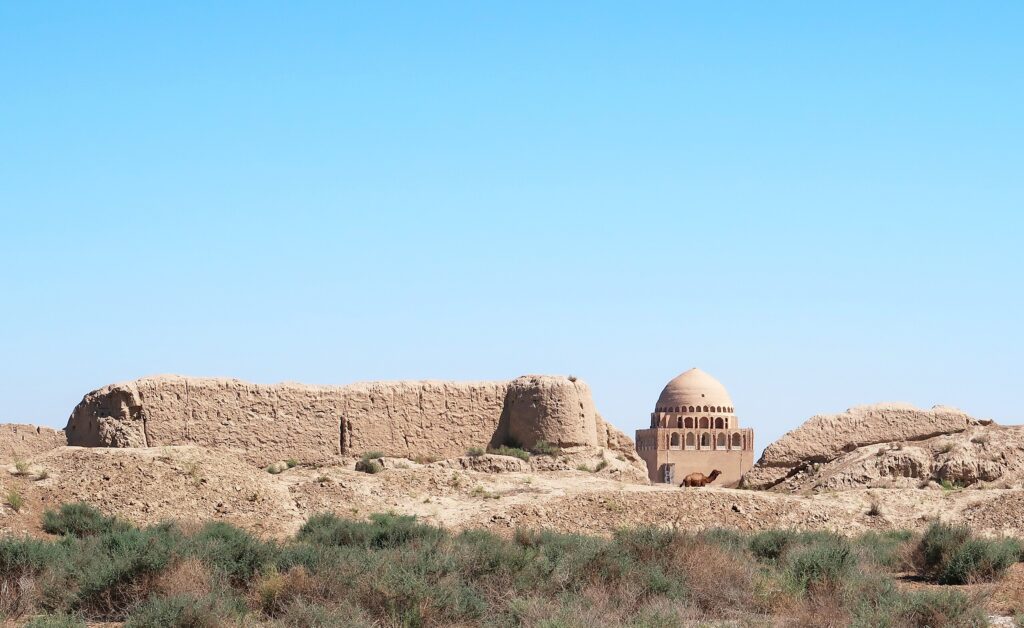
Best Culinary & Market Experiences
Turkmen Dishes to Try
Classic local foods include plov (rice cooked with meat and carrots), ichlekli (a baked meat pie), and dograma (a bread and meat soup served in large portions, often during gatherings).
Traditional Sweets
Pishme (fried dough bites) and chak-chak (honey-coated crispy dough) are commonly enjoyed with tea or served at celebrations.
Best Bazaars
Tolkuchka Bazaar in Ashgabat is the country’s largest and most diverse market, great for carpets, spices, and even livestock. The Russian Bazaar is better for local produce, snacks, and crafts.
Local Tea Culture
Tea is central to Turkmen hospitality. Green and black tea are served in small cups, often accompanied by dried fruits, sugar cubes, and nuts.
Travel Tips for Visiting Turkmenistan
Best Time to Visit
Spring (March–May) and autumn (September–November) offer the most comfortable temperatures for exploring ruins and cities. Summer is extremely hot, especially in the desert, while winter is cold but manageable in most areas.
Visa & Entry Requirements
Turkmenistan enforces one of the strictest visa systems in the world. Most travelers must apply in advance and book a tour through a registered local agency. Independent travel is usually not permitted.
Cultural Etiquette & Safety
The country is safe for travelers, but restrictions on freedom of movement and expression are real. Photography of government buildings, border zones, or police is prohibited. Dress conservatively, especially outside major cities.
Driving and Car Rental Tips
Renting a Car
Car rental is rare and generally handled through local agencies. Most travelers hire a driver as part of a guided tour, which simplifies navigation and checkpoints.
International Driving Permit (IDP)
If you plan to drive independently (not recommended), you’ll need an IDP in Turkmenistan. Navigating without local help is difficult due to checkpoints and limited signage.
Driving Conditions & Rules
Roads between major cities are generally paved but vary in quality. Checkpoints are frequent, and you must always carry your passport, visa, and permits. Fuel is cheap but less available in rural areas — plan accordingly.
Turkmenistan is a destination like no other — remote, fascinating, and filled with both natural wonders and rich cultural heritage. From the fiery Darvaza Crater to the silent ruins of Merv, it offers an unforgettable experience for those who enjoy going far off the beaten path.

Published June 29, 2025 • 12m to read

